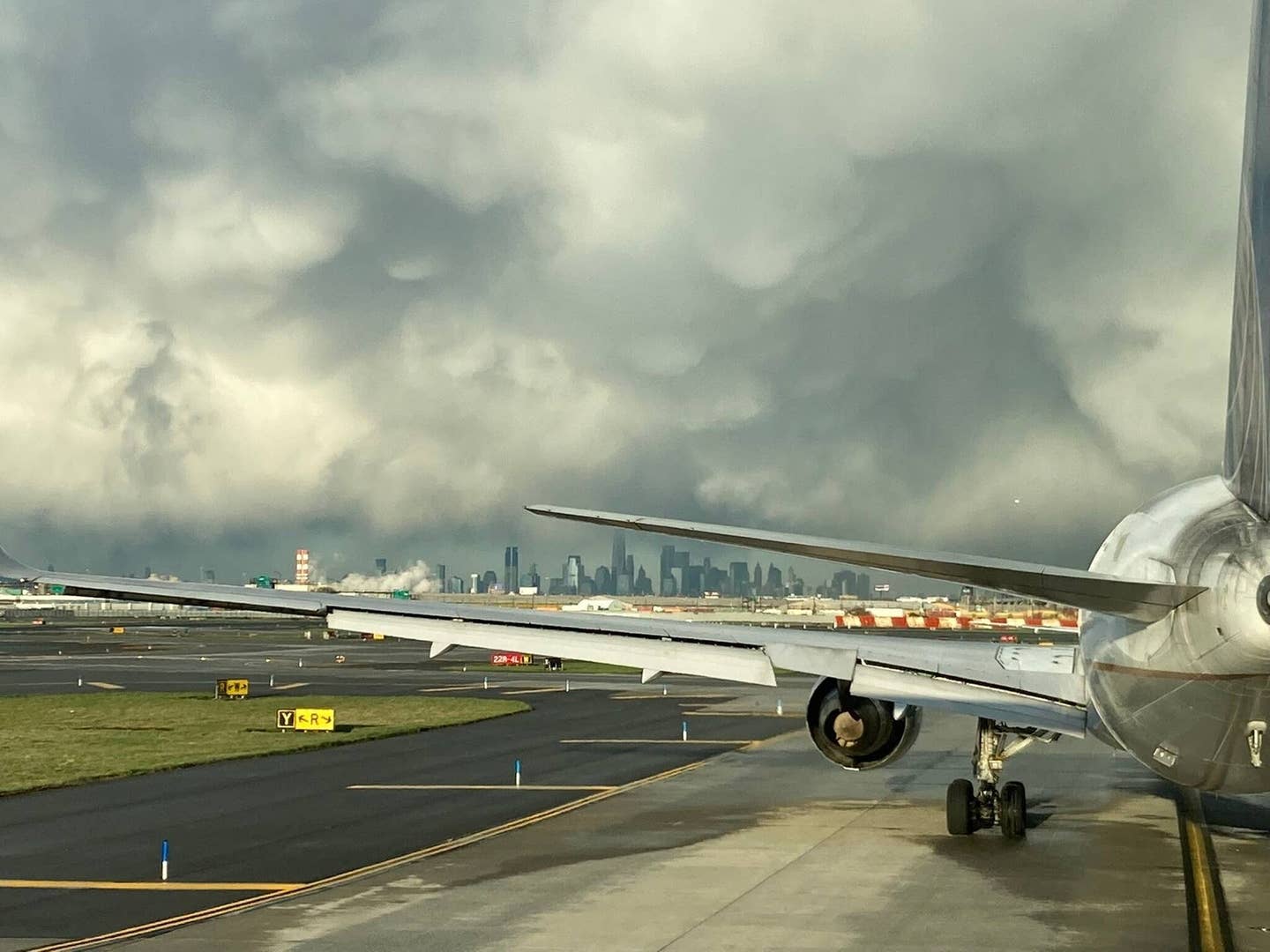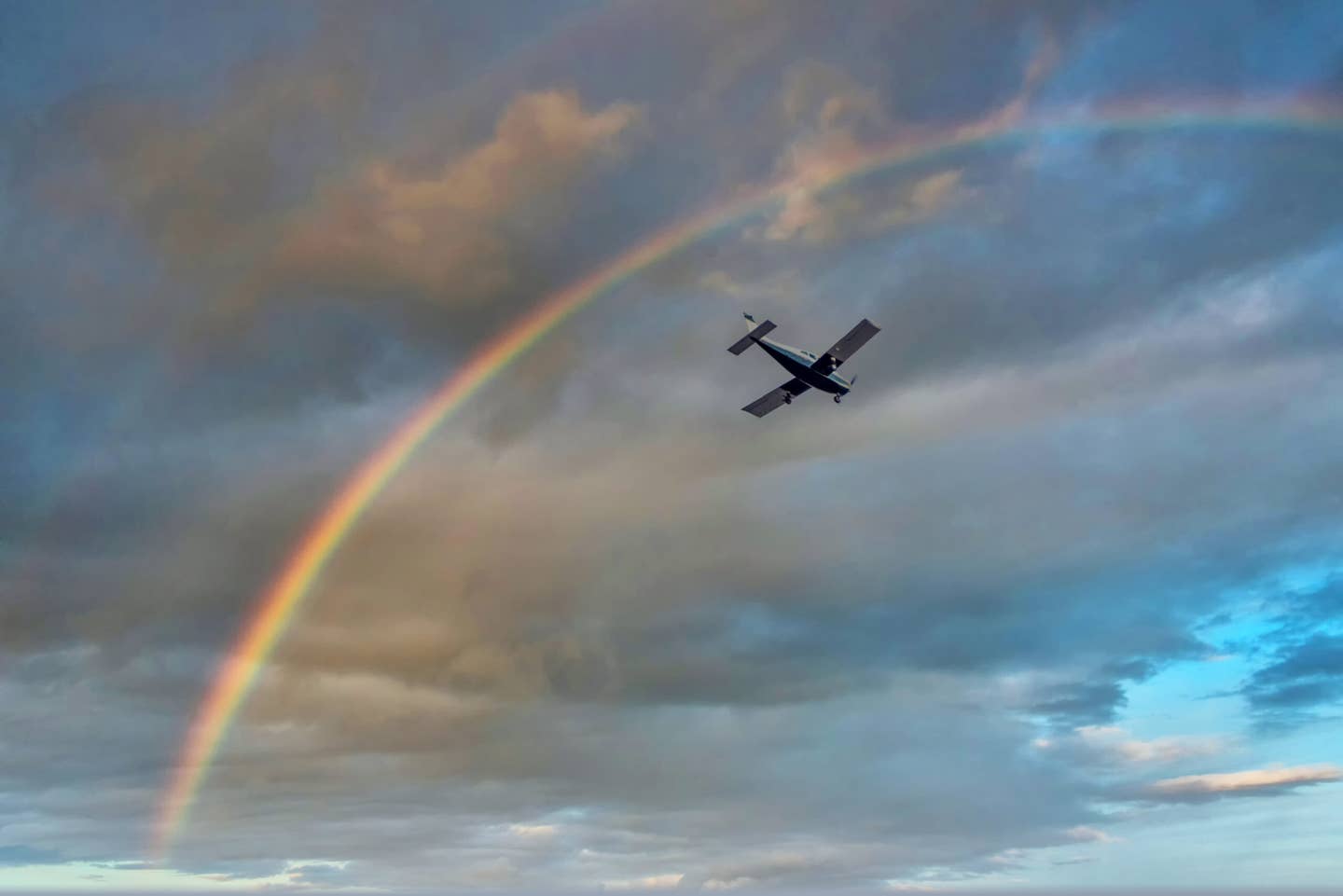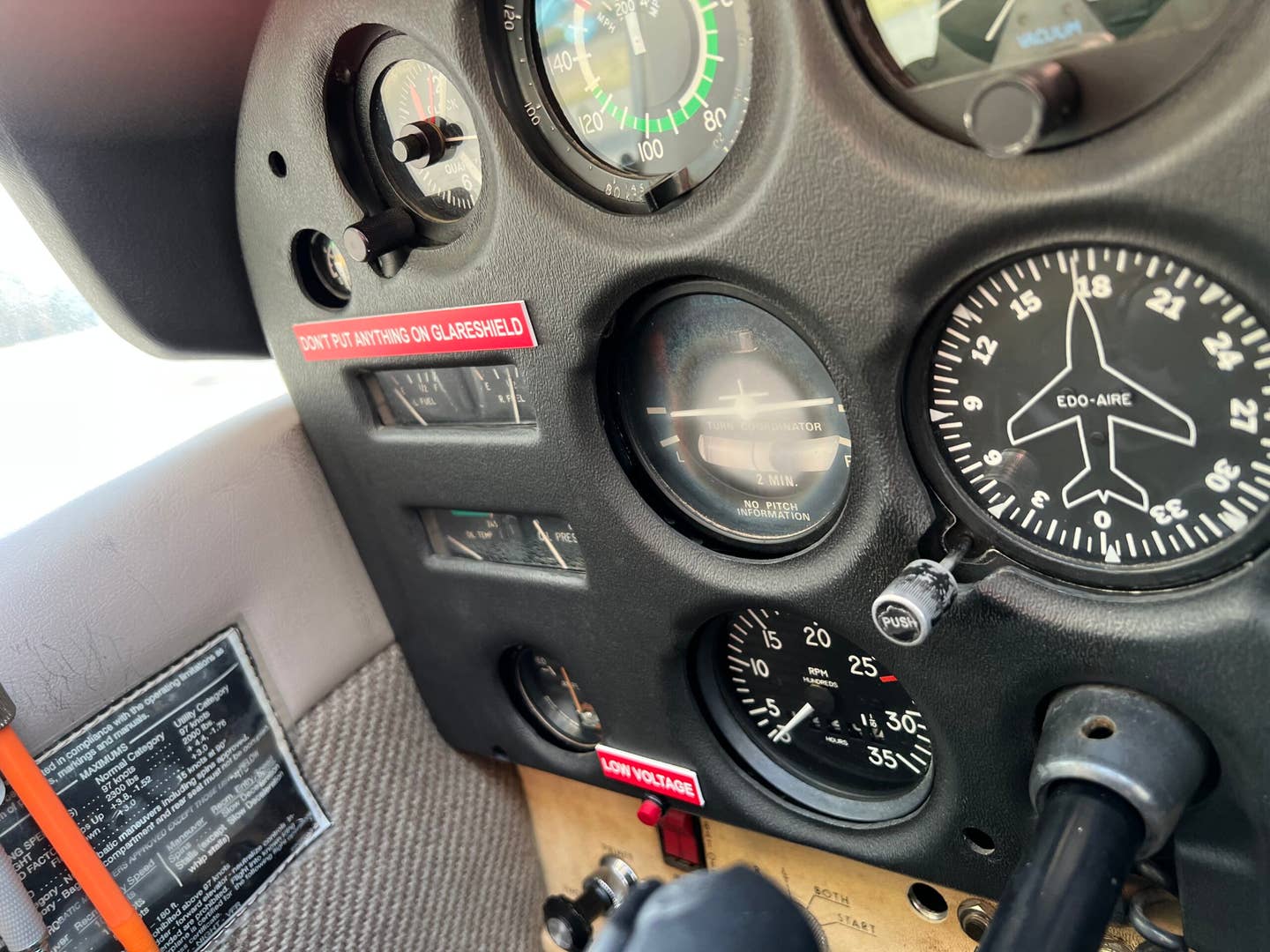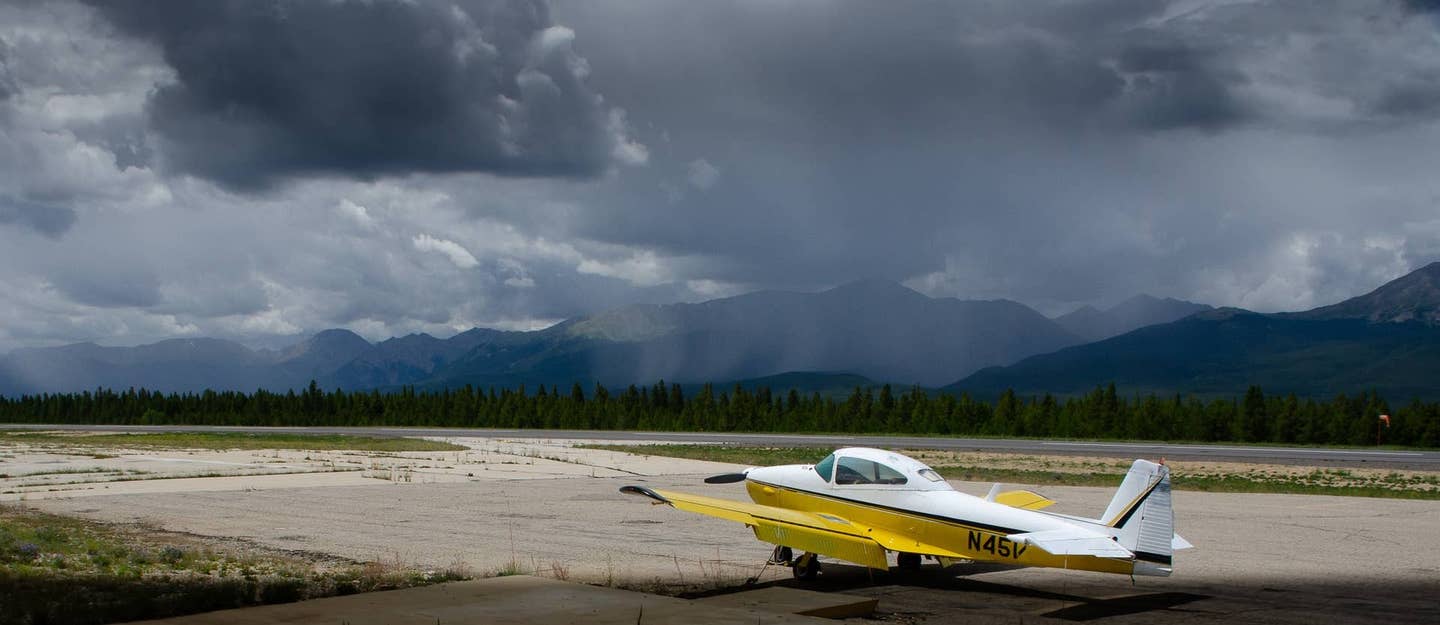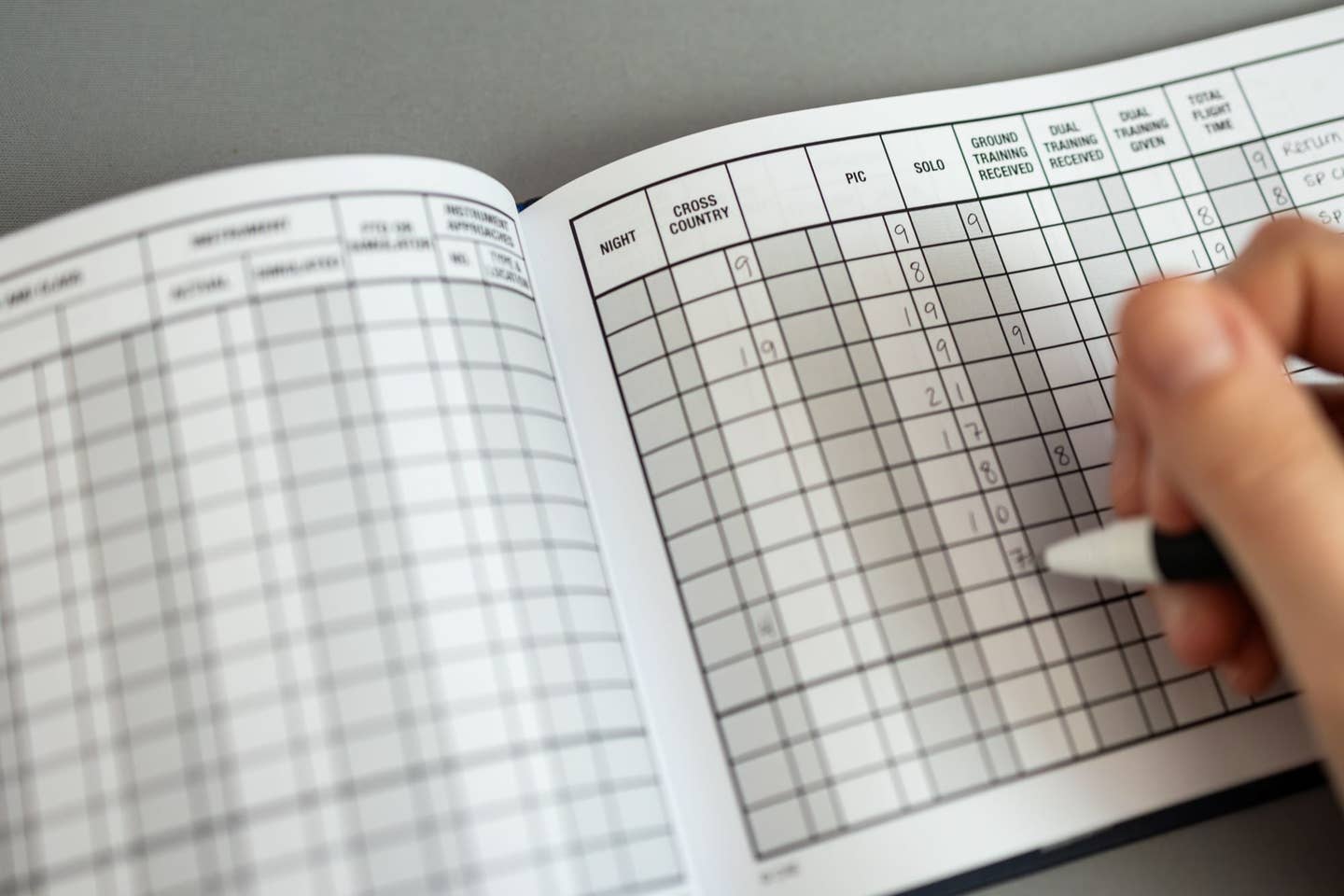
(February 2011) — We got an e-mail last month from a reader taking Peter Garrison to task for suggesting in his Technicalities column that, if the FAA did a thorough review of the Light Sport Aircraft industry, it would find a lot of discrepancies in the certification process for light-sport airplanes.
It seemed like a factual statement to me. What you get when you buy a light-sport airplane is much harder to say than what you get when you buy a Part 23 certified airplane. That's just a fact. The requirements of Part 23 are extremely involved, and they aren't arbitrary. It's not about pushing paper. It's about building and producing a good airplane.
The reader really got to me, however, when he defended the relative safety of light-sport aircraft by saying that there must be "scores of [Part 23] aircraft" unfit to fly.
There aren't.
In fact, the goal of the FAA is to make the number zero, a goal the agency pursues by imposing a sweeping set of regulations designed to guarantee the safety of the fleet, a process that lasts from initial application for certification through the time the airplane is old and gray, and sometimes beyond.
The overall result has been no less than a staggering success for what, at face value, seems a crazy scheme to safeguard an infinite variety of designs with a wide variety of potential applications, from skydive airplanes to intercontinental transports that work hard and live on the ragged edge of weight versus strength.
In simple terms, certification standards exist to guarantee that an airplane design is going to be safe (in many regards) and that, once it's in production, it's going to be the same airplane that originally got certified as being safe. The feds are also keenly interested in making sure the airplane continues to be safe as it ages.
All of these things, including the word safe, are relative. Airplanes, being machines we take high into the air and with which we fly at speeds from pretty fast to very fast, are going to be only so safe. And every Cherokee or Learjet can resemble the next one only so much. As hard as the FAA tries, from rivet to rivet, from tube to tube, there are going to be minor variations in materials and manufacturing.
Even long after they're certified, there are sometimes issues with aircraft types requiring further review. In those cases, the FAA can conduct a special certification review, as has been done on such GA aircraft as the Robinson R22, the Cessna Caravan, the Lear 23, the Mitsubishi MU-2, the Piper Malibu, the Beech Bonanza and the Eclipse EA500.
On a day-to-day basis, the FAA works to keep existing types safe for the long haul by mandating regular checks of our aircraft. We owners get the pleasure of regular inspections — the annual inspection is the one we're most familiar with — as well as airworthiness directives and service bulletins to address issues that pop up over time.
One need look only at the differences in safety between homebuilt airplanes and FAA-certified airplanes to see that certification works. No matter how you crunch the numbers, the safety of certified airplanes is much better than that of experimental airplanes. The comparison would be even more dramatic if it weren't for the fact that the best and most successful kit manufacturers borrow heavily from the FAA playbook, using production and testing methods from physically piling sandbags onto wings to verify their strength to using advanced software to see how well an airplane will fly. Because they're well thought out and well packaged, these best kits typically get turned into good airplanes. That said, there's probably not an amateur-built kitplane design that would make it through FAA certification without significant modifications. This was driven home when the FAA introduced the greatly simplified Primary Category back in the mid-1990s. Several high-profile kit companies set out to certify their existing airplanes in the new category, but only one, Quicksilver with its GT-500, chose to slog on to the finish line.
That's because being careful about how you build an airplane and that airplane being up to FAA standards, even simplified ones, are two very different things.
I remember years ago when I was doing a story on the Quicksilver GT-500, a two-place tandem airplane for which Quicksilver had just earned Primary Category certification. After a great flight in what was a nice-flying ultralight-style certified airplane, I returned to the company's headquarters with Paul Mather, who proceeded to show me around the factory. The tour concluded with an hourlong visit to the room where the company kept all the paperwork associated with the project. On the laminate table in front of us were dozens of binders of data that the company had to present to the FAA for certification. A stack of binders in his arms, Paul looked at me, shrugged his shoulders and said with a hint of pride in his eyes, "We simply had no idea what we were getting ourselves into." And these were smart guys who had already built many thousands of airplanes.
FAA certification is a whole different world. Making it simpler would help a lot. Making it less thorough would help no one.
Mockingbirds
At the AOPA Summit in November, one of the highlights of an overall lackluster show was the launch of an all-electric Skyhawk. The project, being developed by Bye Energy, takes a regular gas-engine-powered 172 and replaces its 180 hp Lycoming four-banger with an electric motor powered by lithium-ion batteries. Versions will use solar panels, wingtip-vortex mini wind turbines and other ingenious approaches to generating small amounts of energy. See my story "Transformer" on that emerging airplane on page 50.
The idea for now is to use the airplane not for transportation but for training flights. The cost of operation, even factoring in the batteries, would be far cheaper than for conventional trainers, in which the cost of fuel is by far the biggest expense. Because of range limitations and the lack of a suitable recharging infrastructure — there's not even a credible plan for recharging stations — electric airplanes are really out-and-back machines at this point. Which makes them suited for little else but training. (Maybe sightseeing too?)
There are problems with electric trainers, however. For one, electric motors are different from gas-piston engines, and like it or not, those differences translate in the training environment into changes in what we teach and the way we teach it. If the idea is to instruct students in how to fly that electric airplane, then there's no real issue. They'll get good at flying electric Skyhawks in no time.
What they won't get good at is flying gas-powered Skyhawks, at least the engine management parts, because they won't be doing those, and there are real differences between the power plant types.
Electric motors, for obvious reasons, don't have mixture controls, and it's hard to learn to use something that's not there.
So students who come from a single-lever electric motor airplane to a gas-engine-powered airplane with no transition training might be baffled by what to make of fuel and engine management. I wouldn't think it would be much more difficult to teach those students the tricks of fiddling with the mixture and setting power than it is to teach new student pilots how to deal with them, but the effort would have to be made.
The subjects of how we teach and what we teach are closely related to the subject of learning transfer, or how we take a skill learned in one cockpit and transfer it to a different cockpit. At the press conference announcing the electric 172, someone suggested that mock mixture controls might be installed in electric airplanes to provide students with familiarity with such things. It wouldn't be the first time for such mimicry. At least as early as the 1960s, manufacturers were installing dummy landing-gear levers to train pilots in retractable gear procedures while training in less costly fixed-gear airplanes.
It goes beyond that. Entire airplanes can be made to behave like other kinds of airplanes. When it enrolled in the competition for supplying the JPATS primary jet trainer contract, Raytheon entered an airplane, what would become the Texan II trainer, that wasn't a jet at all but a turboprop created to imitate the behavior of a jet. It sounds far-fetched, but the airplane won the competition and has been a big success in operation since. And it is much cheaper to operate than a real jet, a fact that contributed greatly to its winning the contract in the first place. Another example is the Shuttle Training Aircraft (STA), a highly modified Gulfstream II (there are four of them) that NASA operates to train astronauts to fly the big glider. Going to space every time you wanted to practice a few touch-and-goes in the real Space Shuttle would be rather expensive, not to mention impossible. The STA is a great alternative.
Just as advanced electronics have made it possible for a single guitar amplifier to sound like any one of dozens of different models, there's no reason that electric motors couldn't be made to replicate the behavior of different kinds of engines, from small-bore pistons to turbofans. You could simulate starting behavior (even bad behavior), mag checks, throttle response and more.
You might even talk those clever guitar-amplifier engineers into figuring out how to make the electric Skyhawk sound like the RJ that many of today's students will be climbing into before too long.

Sign-up for newsletters & special offers!
Get the latest FLYING stories & special offers delivered directly to your inbox


